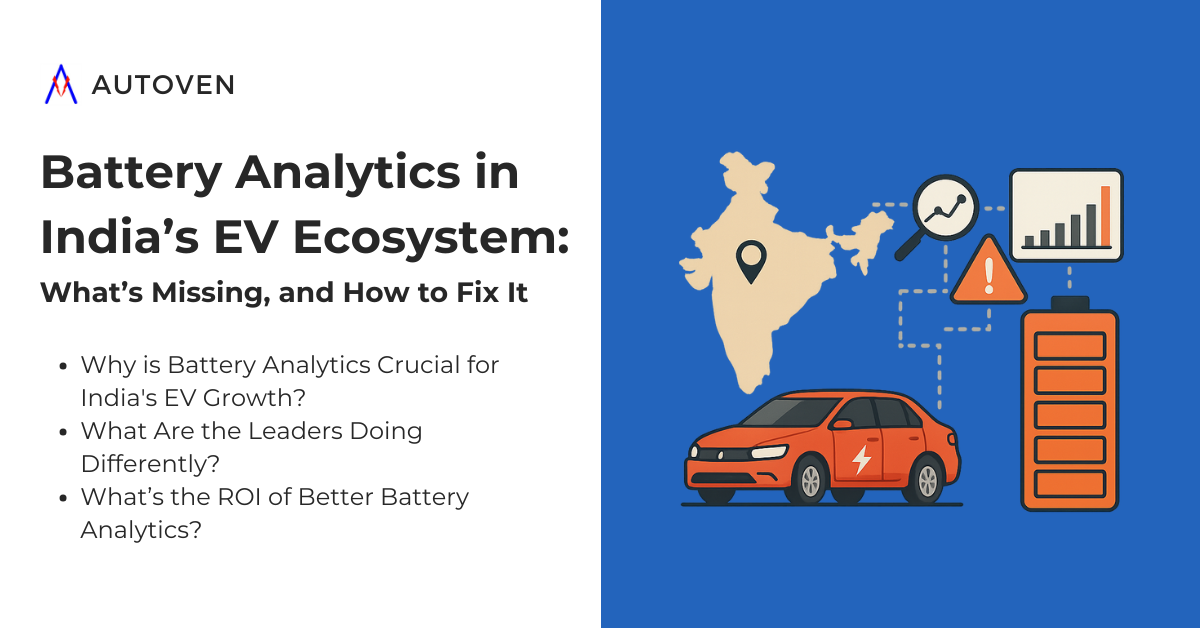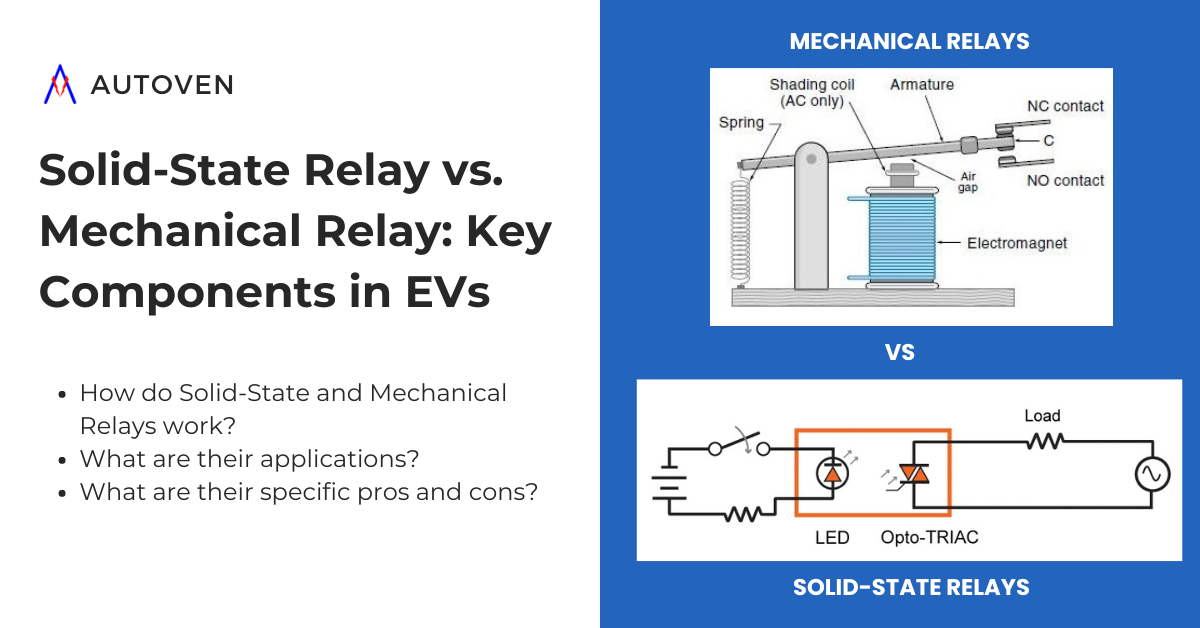Introduction
The Internet of Things (IoT) has emerged as a transformative force in the technological landscape, reshaping how we interact with digital environments. IoT connectivity technology is a critical component that facilitates seamless communication, playing an important role in this transformation. This guide explores the essence of IoT connectivity technologies, particularly highlighting their significant impact on the electric vehicle (EV) sector, delving into various connectivity solutions for IoT, and discussing crucial factors for ensuring effective connectivity.
What is IoT Connectivity?
IoT connectivity is much more than a network of devices communicating with each other. It forms the basis of a vast digital ecosystem where devices connect, interact, and make intelligent decisions. This connectivity in IoT extends beyond simple device-to-device communication, encompassing complex networks that involve devices linking to cloud servers, edge computing resources, and other data processing platforms.
At its core, IoT connectivity technologies involve devices collecting data from their environments, ranging from temperature sensors to sophisticated cameras in smart city applications. These devices transmit data to centralized servers or cloud-based platforms, where it is processed and transformed into actionable insights. This connection to servers is vital for aggregating data from multiple sources, enabling more complex analyses and informed decision-making.
In the IoT communication ecosystem, servers play multiple roles. They act as central hubs for data aggregation, analytics processing, and command centers for EV OEMs to send updates and instructions back to IoT devices. For instance, in a smart home, sensors detect a temperature drop, send the data to servers for processing, and trigger a command back to the heating system to adjust the temperature—all without human intervention.

These processes rely on communication protocols like MQTT and CoAP, designed to efficiently handle data transfer in IoT-enabled technologies, ensuring reliable performance even with constraints like low bandwidth or power.
IoT Connectivity in the EV Landscape
In electric vehicles, cellular IoT connectivity has revolutionized operations, enhancing user experience and efficiency. Through IoT-enabled technologies, EV OEMs receive real-time diagnostics and provide remote software updates to prevent breakdowns and ensure safety. Connectivity in IoT for EVs facilitates predictive maintenance, reducing downtime, and enables advanced navigation systems that integrate real-time traffic data, weather conditions, and road safety information. These innovations drive the EV industry toward a future of smart, sustainable transportation.
Important Cellular IoT Connectivity Technologies
Cellular technologies have been instrumental in enabling IoT communication. Here’s how different generations of cellular networks contribute to IoT:
2G (GSM/GPRS/EDGE)
Initially, 2G technology in IoT for EVs enabled basic tasks like SMS notifications, telemetry, and vehicle tracking. Despite its limitations, it remains relevant for low-power, cost-effective solutions.
Pros:
- Cost-Effective: It’s an affordable option for basic communication needs.
- Wide Coverage: 2G networks cover vast areas, making them suitable for long-distance communication.
- Lower Energy Consumption: Ideal for devices that require minimal power usage.
Cons:
- Limited Data Transmission: 2G offers slower data speeds, restricting the complexity of tasks it can handle.
- Obsolescence: Many regions are phasing out 2G networks, leading to potential redundancy. However, complete obsolescence is still far away, according to some experts.
3G (UMTS/HSPA)
With 3G IoT connectivity, EV applications expanded to include video streaming and improved device integration.
Pros:
- Faster Data Transmission: 3G networks provide better speeds than 2G.
- Multimedia Support: Enhanced support for services involving multimedia content.
- Global Adoption: Widely used across different regions.
Cons:
- Higher Power Usage: Consumes more power compared to 2G.
- Low Value for Cost: Implementation and operation costs are higher for lower functionality than newer technologies.
- Becoming Outdated: With the advent of newer technologies, 3G is gradually losing relevance.
4G (LTE)
4G connectivity in IoT brought high-speed internet and enhanced reliability, enabling complex edge-to-cloud communications.
Pros:
- High-Speed Data: Offers rapid data transfer, enabling more complex applications.
- Reliability and Low Latency: Improved connection stability and response time.
- Versatility: Supports a diverse range of IoT applications.
Cons:
- Energy Consumption: It tends to consume more energy than its predecessors.
- Infrastructure Cost: Setting up 4G networks is comparatively costly.
- Limited Coverage in Remote Areas: While urban areas benefit, remote locations may still face coverage issues.
5G
5G IoT connectivity technologies are transformative, offering ultra-fast speeds and low latency essential for real-time applications like autonomous vehicles and smart city integration.
Pros:
- Unprecedented Speeds: Supports extremely fast data transmission.
- Low Latency: Essential for real-time video applications and autonomous vehicle operations.
- Innovative Applications: Opens doors for futuristic applications integrating EVs with smart city ecosystems.
Cons:
- High Infrastructure Investment: The cost of setting up 5G networks is substantial.
- Limited Coverage: As a new technology, its coverage is still expanding.
- Complexity: Maintaining and managing 5G technology requires advanced expertise.
A deep understanding of these technologies is crucial for selecting the most appropriate connectivity option for specific IoT applications, especially as new advancements like 5G expand the horizon of possibilities.
Factors to Ensure Good IoT Connectivity for EVs
To achieve effective IoT connectivity using cellular technologies, EV OEMs must meticulously consider several factors. These factors are:
- Cost-Efficiency: Managing the cost of connectivity is key, which includes considering data plans, device hardware, and network maintenance costs.
- Network Coverage and Availability: Essential for uninterrupted connectivity, especially for global IoT applications. Comprehensive and reliable coverage is vital for continuous communication of EVs, particularly in remote and rural areas.
- Power Consumption and Battery Life: Critical for battery-powered IoT devices. The choice of energy-efficient technologies is crucial as the battery’s primary function is to deliver power for mobility.
- Data Security and Privacy: With the increasing volume of data transmitted over cellular networks, robust security protocols are imperative to safeguard against breaches and ensure data privacy.
- Latency and Speed: The responsiveness of IoT systems hinges on the cellular network’s latency and speed. While 4G has brought significant improvements, 5G pushes limits, offering near real-time communication. These are vital for applications like autonomous driving and Vehicle-to-Everything (V2X) communication. However, it can be termed as an overkill for basic telemetry applications.
- Scalability and Flexibility: As IoT ecosystems expand, scaling efficiently without compromising performance becomes crucial. Cellular networks must handle increasing connections and adapt to evolving IoT needs.
Addressing these factors is vital in building robust, secure, and efficient IoT ecosystems.
Conclusion
Selecting the right IoT connectivity technology is about aligning with specific application goals. This blog has explored various IoT connectivity technologies suited for different applications, balancing cost, efficiency, security, and scalability. Whether leveraging 2G for cost-effective solutions or 5G for real-time applications, the choice must meet current and future needs. As IoT in EVs evolves, adopting strategic approaches to connectivity will unlock its potential, driving innovation and sustainability across industries.



